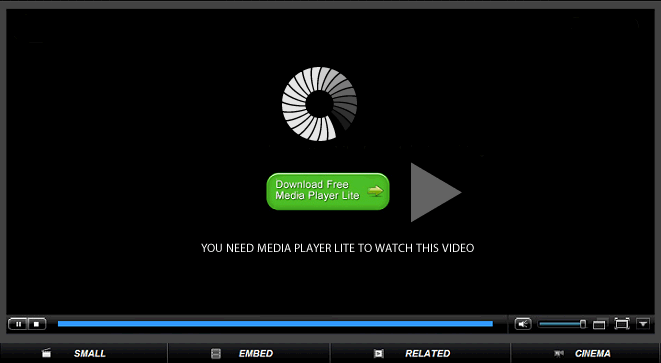I discussed how this site missed out on just some simple things that could have gone along with the launch with Alex and he politely nudged me and said "wouldn't that make a great topic for SMG?" So I present, 5 basic "SEO Rules" to follow when you launch a new website.
#1 Don't Re-Use Your Title Tag On Every Page
Many times your website designer doesn't even realize this is being done. Your creative team is more concerned with the visual presentation than to worry about something they consider more of a minor 'nuisance".
Most of the time, your website has been created from a template, which ensures that everything looks the same -design wise- from one page to another. This is perfect to get the site off the ground and out there. Most WYSIWYG (what you see is what you get) editors work this way as well, templates allow for easy production of web pages.
The drawback to this from an SEO perspective is that the Title and Meta tags are all repeated. To get your website off on the right foot, change each page's title tag to reflect what the page is about. You'll be surprised at the good this can do for each of your web site's pages.
#2 Keyword Research
It would be wise to do at least a little keyword research before your launch your website. Understanding how your audience searches is the most beneficial thing you can do for your website. Doing even the slightest amount of research can clue you into small idiosyncrasies that could be "gold mines" in disguise.
Keyword research can also let you know how to target the content on your page, how to word each page's title tag and whether people really are searching on your business name. It's well worth the time spent to discover exactly what you need to target to have a successful website.
#3 Don't Use Keywords In Images
Your designer might yell at you, question your judgment, or complain that it will ruin the aesthetics of the design, but let me put it to you this way; "What good is a great design if no one can find it?"
If your keywords are embedded in images, the search engines have no clue that keyword is related to your page. They cannot "see" your images. So if the term "camel rides" is important to your business, make sure it's actual text somewhere within your content, not part of an image.
#4 Check Your Robots.txt File
Check, double check and go back and recheck that Robots.txt file. Make sure it's in the root folder of your domain. Ensure all the folders and files you want to be found by the search engines are allowed. Any development folders, javascript folders, css folders or private folders, you do not want to end up in a search engine results should be disallowed.
For the proper syntax of how to configure a Robots.txt file, check out: Robotstxt.org.
#5 Provide An HTML Version of Your Sitemap
Providing an HTML Version that lists the links to the pages of your site can guide the search engine spiders to all of the pages of your site. If your navigation is currently in flash or javascript, this is a great alternative way of making sure the spiders find the site's pages. Make sure that your link to your sitemap is a simple "a href" tag, not a link formed with javascript or flash as the spiders will not be able to follow that type of link.
The five simple rules can launch your website off on the right foot. Keep in mind that these are just simple steps, there's a lot more that goes into optimization of a website. This list is just meant as a guide to start you off, and these should assist you in your efforts until you have a full search marketing strategy mapped out for your website.
Brought to you by






No comments:
Post a Comment